RSS


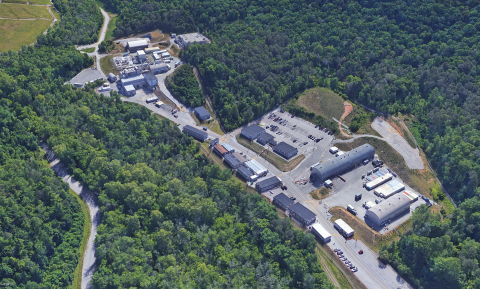
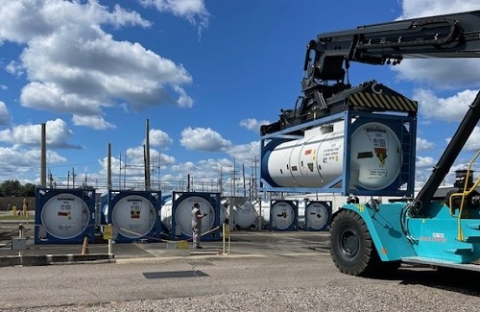
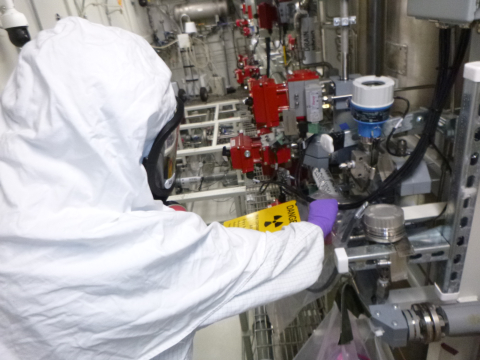
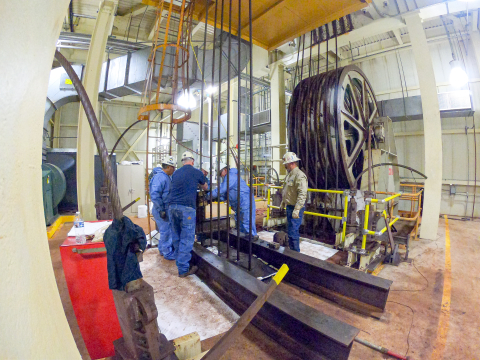
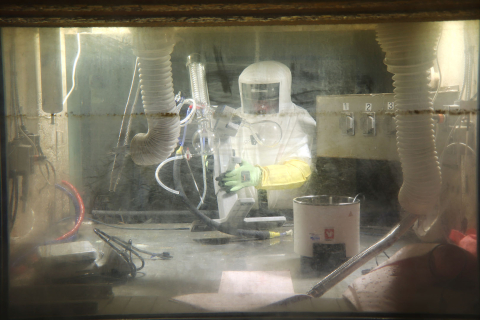
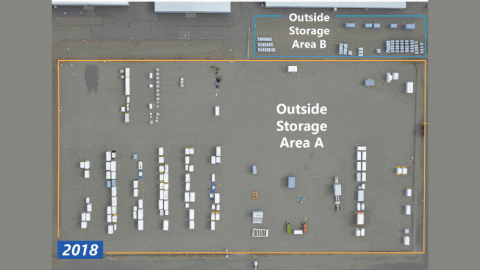
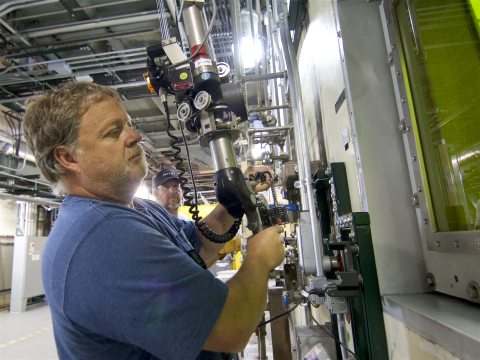

About 40 students from local rural high schools visited the Hanford Site’s Volpentest HAMMER Federal Training Center to learn about the U.S. Department of Energy Office of Environmental Management mission and career opportunities in STEM fields at the site.

EM and its liquid waste contractor at the Savannah River Site (SRS) are now adding more capacity to store vitrified liquid waste, a significant federal cost-savings initiative at SRS.

The Oak Ridge Office of Environmental Management and contractor UCOR have successfully reestablished full production capacity at the Transuranic Waste Processing Center.
EM workers at the Savannah River Site recently restored six portable tanks, helping preserve an essential site capability of transporting large quantities of radioactively contaminated or hazardous liquid solutions while creating cost savings.
The U.S. Department of Energy Office of Environmental Management published a notice of intent in the Federal Register on Dec. 27 to prepare a Supplemental Environmental Impact Statement under the National Environmental Policy Act.
The Hanford Site is a step closer to immobilizing radioactive liquid tank waste in glass for safe disposal.

The Waste Isolation Pilot Plant team looked back at a successful year with the release of a 2024 year in review video.

OREM and Isotek are working to eliminate the nation’s inventory of uranium-233 from storage at ORNL.

Crews with U.S. Department of Energy Office of Environmental Management contractor Central Plateau Cleanup Company are making progress cleaning up the “backyard” at the Central Waste Complex on the Hanford Site.

Since beginning radiological operations in April 2023, the Integrated Waste Treatment Unit at the Idaho Cleanup Project has run a successful radiation protection program.

